Mind the gaps: marine zooplankton futures in a warming world
3 February 2023
An international science team warns we don’t know enough about how climate change will affect the most abundant and diverse ‘eco-influencers’ on the planet – marine zooplankton.
A major review entitled ‘Monitoring and modelling marine zooplankton in a changing climate’ by 22 authors from Australia, Canada, USA, Malaysia, China, Brazil and across Europe was published in Nature Communications today.
Lead author Dr Lavenia Ratnarajah of the Institute for Marine and Antarctic Studies said zooplankton are central to the health and productivity of the global ocean and play a vital role in the planetary carbon cycle.
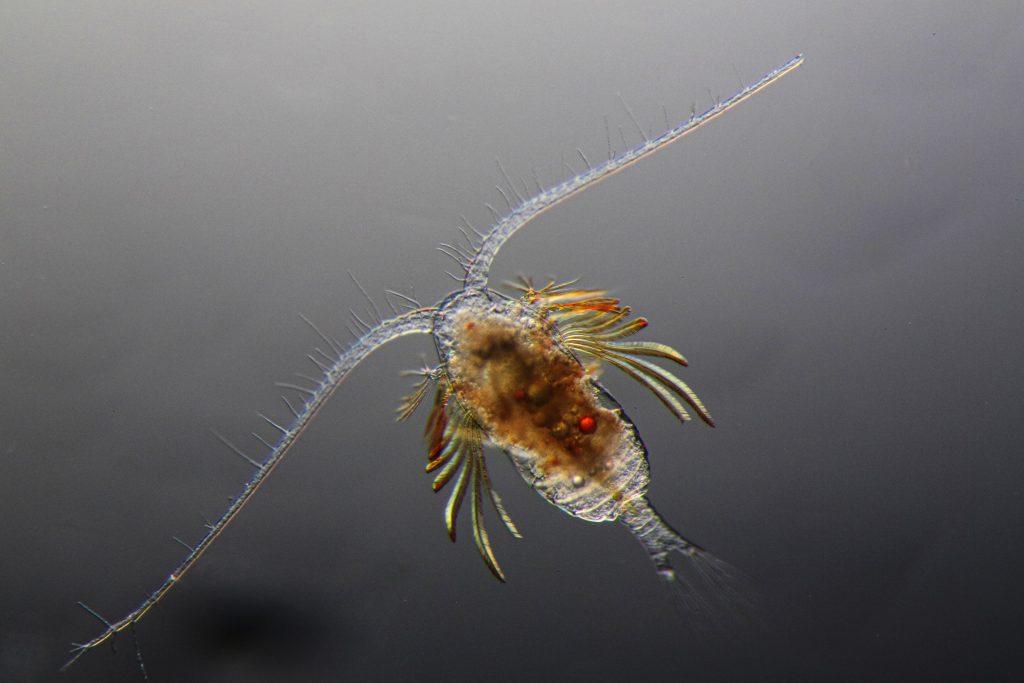
“In marine ecosystems, zooplankton are the major consumers of primary production, the critical link to transfer energy and matter into the food chain, the primary food source for larger marine animals such as fish, and essential drivers of global biogeochemical cycles,” she said.
“They provide us with important ecosystem services such as fishery production, nutrient cycling, carbon sequestration and climate regulation.”
“Without knowledge about the impacts of predicted climate change on marine zooplankton, the future for entire ocean ecosystems and commercially important fisheries remains unclear.”
“Our synthesis highlights key gaps in knowledge and geographic coverage that need to be urgently addressed for modelling future scenarios under global changes,” said Dr Ratnarajah.
Untangling the effects of climate change
Marine zooplankton are extremely abundant and diverse, comprising at least an estimated 28,000 species in 41 major taxonomic groups across 15 phyla, ranging in size from single-celled protists to metres-long salp chains.
The review in Nature Communications focuses on the most-studied zooplankton large enough to be caught in nets, namely copepods, fish eggs and larvae, krill and salps.
It outlines three ‘universal’ ways that marine zooplankton respond to ocean warming:
- Changes in phenology – timing of seasonal life cycle events such as growth, reproduction and migration;
- Shifts in range – in a warming environment, zooplankton generally shift polewards or to deeper water seeking optimum water temperature ranges;
- Decrease in size – smaller species are likely to dominate with warmer temperatures, and for plankton, size largely determines their role in the food web and biological carbon pump.
Co-author Associate Professor Kerrie Swadling of the Australian Antarctic Program Partnership said the review assesses the implications of shifts in phenology, range, and body size for the biological carbon pump and interactions with higher levels in the food web.
“We need to untangle the multiple and interacting effects of climate change on the phenology, range and size of zooplankton, as this undoubtedly has strong implications for ecosystem function,” she said.
“The most recent assessment report by the Intergovernmental Panel on Climate Change (IPCC AR6 WGII 2022) expressed high to very high confidence that the phenology of biological events in the ocean is advancing in response to climate change.”
The review notes that changes in zooplankton are altering biogeochemical cycling, energy transfer pathways and the ecosystem services humankind receives from the ocean, “but how and where zooplankton will moderate or amplify these processes, particularly under future ocean conditions, has received little attention.”
Staying in sync
Evidence is mounting that the phenology of plankton at the base of the food web is moving 5-10 days earlier per decade, faster than at higher trophic levels (such as adult fish, seabirds, marine reptiles and mammals) which are shifting earlier by 0-2.5 days per decade.
Climate change could lead to ‘trophic mismatch’, where the timing of predators is out of sync with their prey, with major implications for valuable fisheries worth hundreds of billions of dollars.
Consequences for fisheries and ecosystems include poorer fish recruitment, altered fish migration and changes to the spawning of fish, crabs and squid.
“Most of the longer-term studies on zooplankton phenology are from the Northern Hemisphere, and less from the tropics and the Southern Hemisphere, which is a critical knowledge gap that needs to be urgently addressed,” said Assoc Prof Swadling.
Priming the biological pump
Countless trillions of zooplankton transport carbon by grazing on phytoplankton near the surface each night and migrating to deeper layers during the day.
The carbon biomass of just one species of large zooplankton, Antarctic krill, is 2.5% of the total animal carbon biomass on earth.
Zooplankton play a critical role in the ‘biological pump’ by shifting carbon from the atmosphere into the deep ocean through their fast-sinking faecal pellets, vertical migration through the water column, and respiring surface carbon at depth.
Zooplankton also recycle essential resources such as iron, ammonium, nitrogen and phosphorus by excreting nutrients near the surface, helping to ‘fertilise’ phytoplankton and boost primary productivity.
Apart from zooplankton respiration, which is expected to accelerate with ocean warming, the direction of change for other variables such as grazing and excretion rates is unclear.
Consequently, the magnitude of carbon exported through zooplankton-related activities under ocean warming also remains unclear.
“As we layer these uncertainties with those of zooplankton phenology, range shifts and size, particularly noting the paucity of studies with at times contradictory findings from the Southern Hemisphere, we are unable to predict how zooplankton will modulate the biological carbon pump under future conditions,” the authors write.

Fishing with zooplankton
The review notes that fisheries management models are typically based on oceanographic and phytoplankton data derived from satellites, rather than direct measurements of zooplankton biomass, abundance and species composition.
“Given that zooplankton are the critical link in transferring energy higher up the food chain, we need greater cooperation between fisheries and plankton experts to include zooplankton data from long-term monitoring in modelling,” said Dr Ratnarajah.
The review identifies 168 long-term zooplankton monitoring programs mainly in coastal Australia, Europe, South America and North America, with large gaps in coastal Asia, South America and much of Africa – but “severely lacking” in offshore open-ocean locations.
Continuous Plankton Recorder (CPR) surveys cover much of the North Atlantic, the northern reaches of the North Pacific and parts of the Southern Ocean, but gaps exist across the rest of the global oceans, particularly the South and Equatorial Pacific, Indian Ocean, South Atlantic and the Arctic Ocean.
In addition, the review finds that an “overwhelming” 81% of the data collected from long-term monitoring programs is either partially available or not publicly available.
“Open access to data and full integration in modelling frameworks is needed for the scientific community to successfully answer large-scale questions about the response of zooplankton to ocean change, and project the impacts on regional fisheries production, higher trophic levels and the biological carbon pump with confidence,” said Dr Ratnarajah.
Looking to the future
To improve the monitoring of zooplankton populations, the review proposes an integrated sampling approach that combines traditional and novel techniques.
“Traditional techniques such as Continuous Plankton Recorder (CPR), nets and Niskin bottles have been used to monitor zooplankton for decades with great success.”
“However, coupling traditional techniques with newer methods such as molecular data (for example, DNA, RNA and proteins), advanced sensors, in situ imaging approaches and satellites can improve geographic coverage, particularly in under-sampled regions and improve our understanding of the impact of climate change on zooplankton communities,” the authors write.
For example, researchers with the Australian Antarctic Program Partnership in Hobart are investigating the future of Antarctic sea ice, krill and associated ecosystems by planning to:
- take simultaneous measurements of physical and biological processes in the Southern Ocean with multi-disciplinary voyages;
- use research aquaria and environmental manipulation facilities to quantify the response of phytoplankton, zooplankton, and krill to multiple interacting stressors; and
- apply satellite remote sensing to scale up results from field program and laboratory-based studies.
Assoc Prof Kerrie Swadling is part of the team organising the 7th International Zooplankton Production Symposium to be held in Hobart in March 2024, bringing together zooplankton researchers from around the world for the first time in eight years.
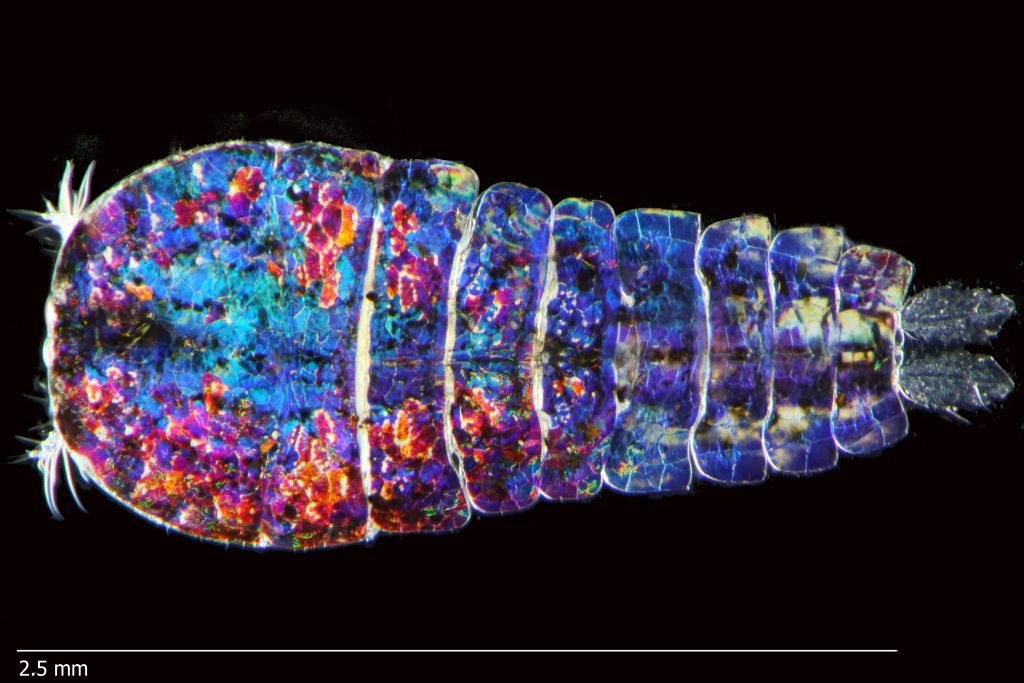
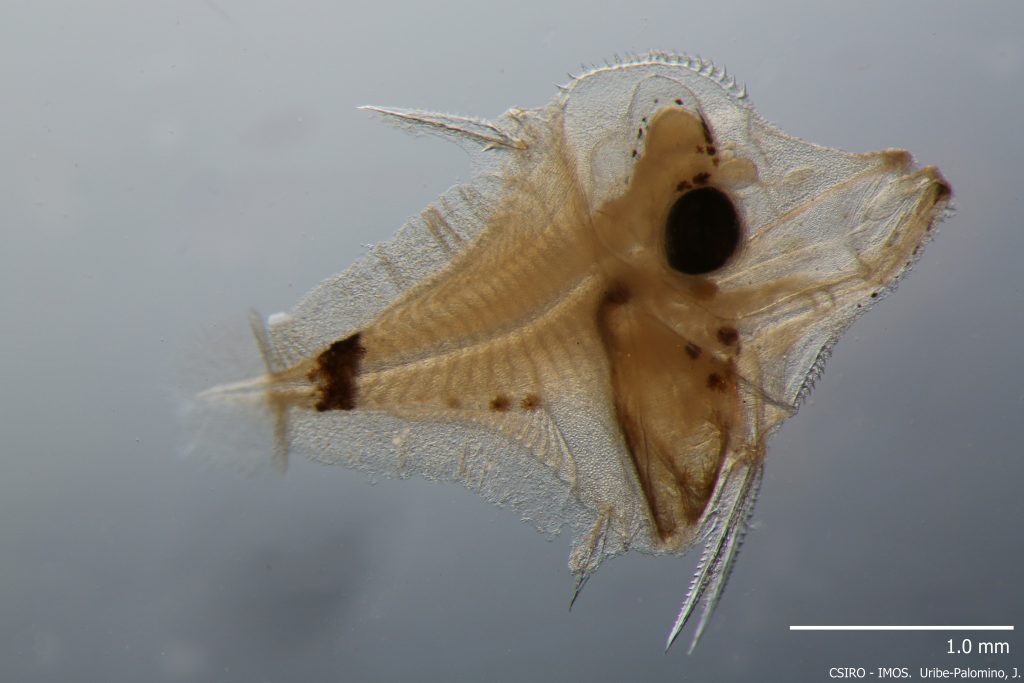
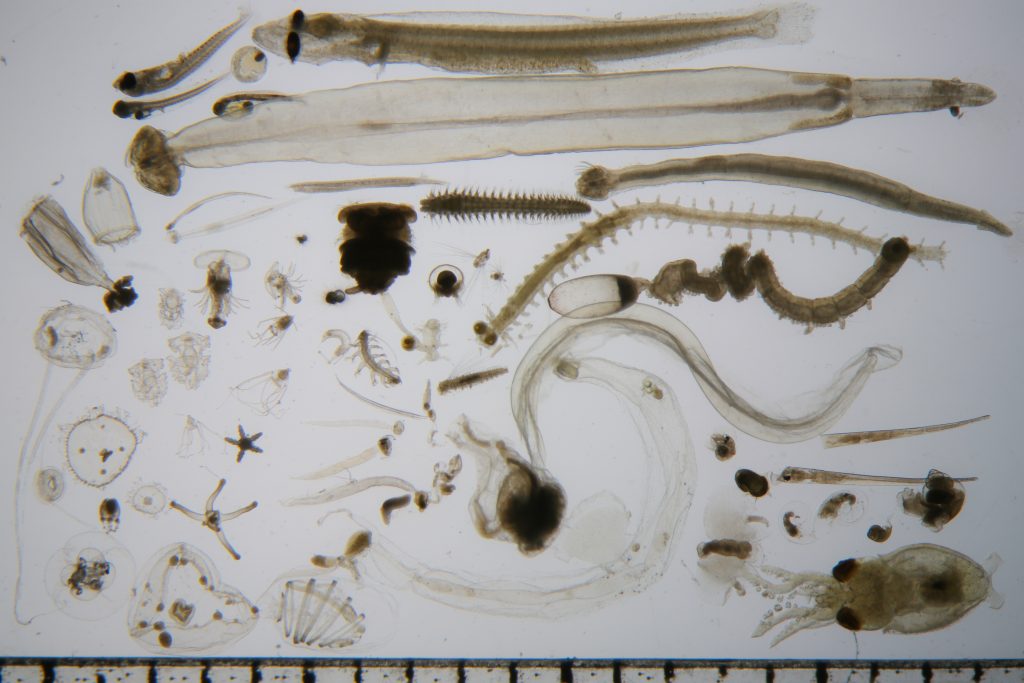
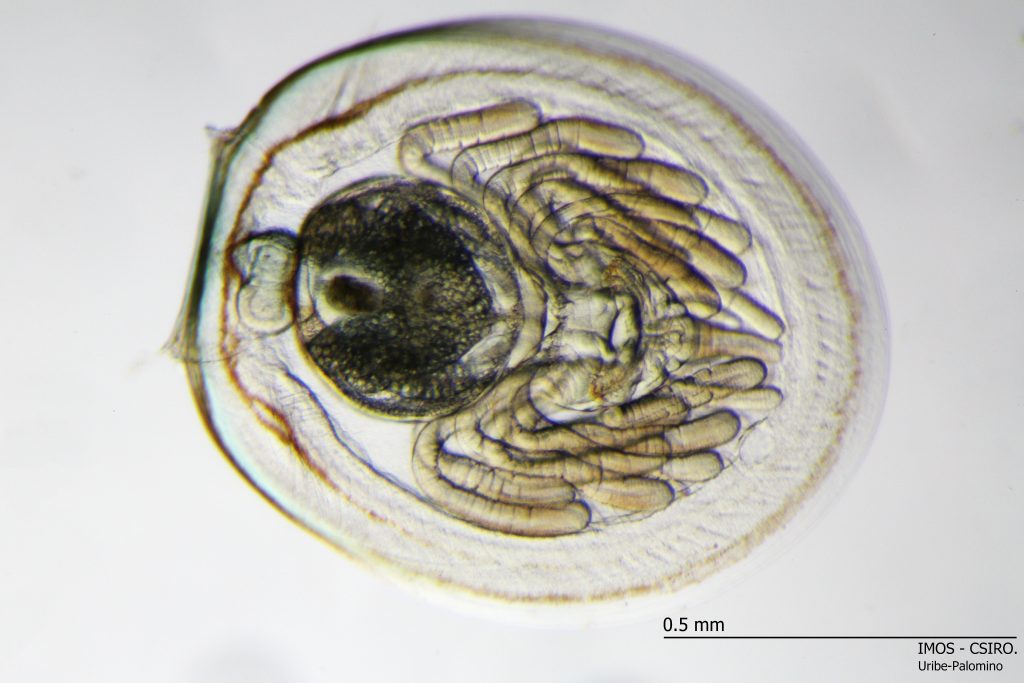

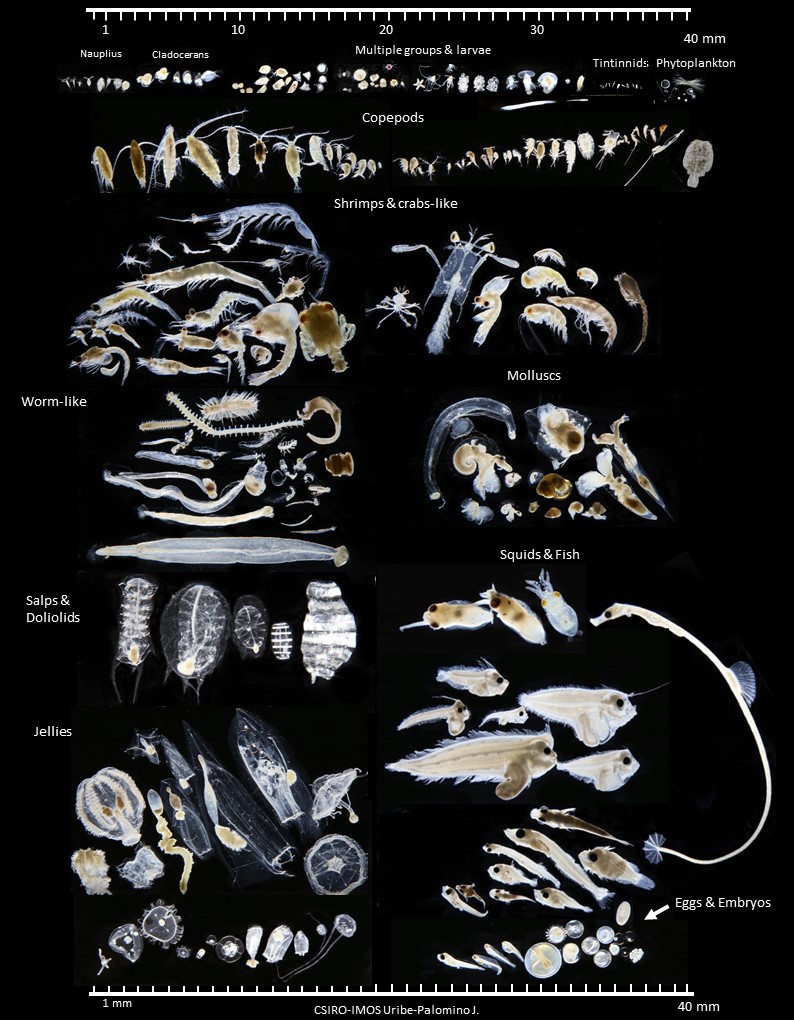
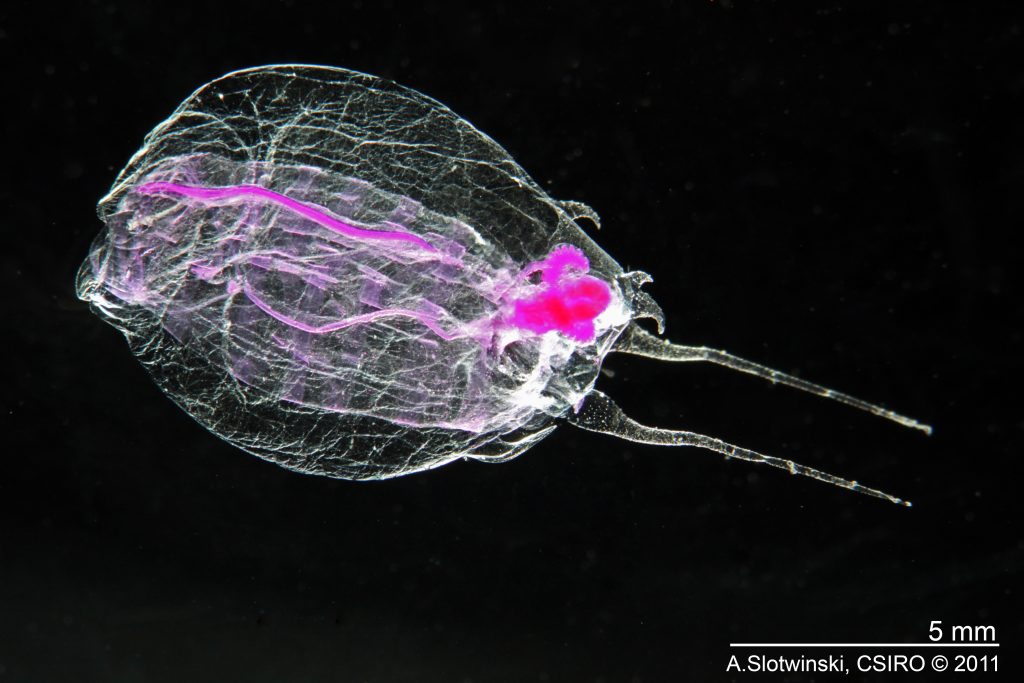
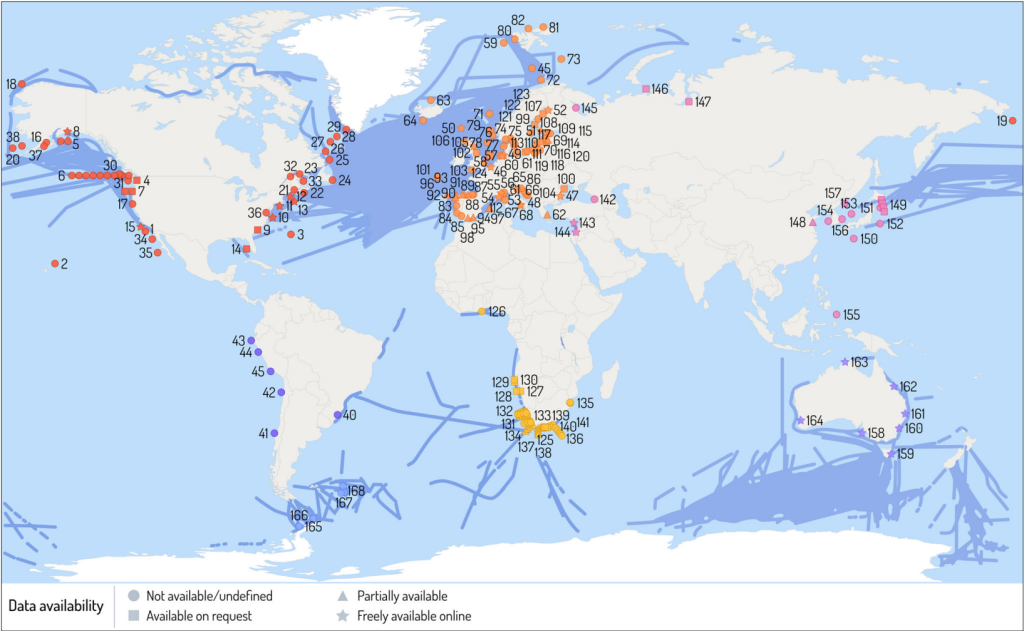
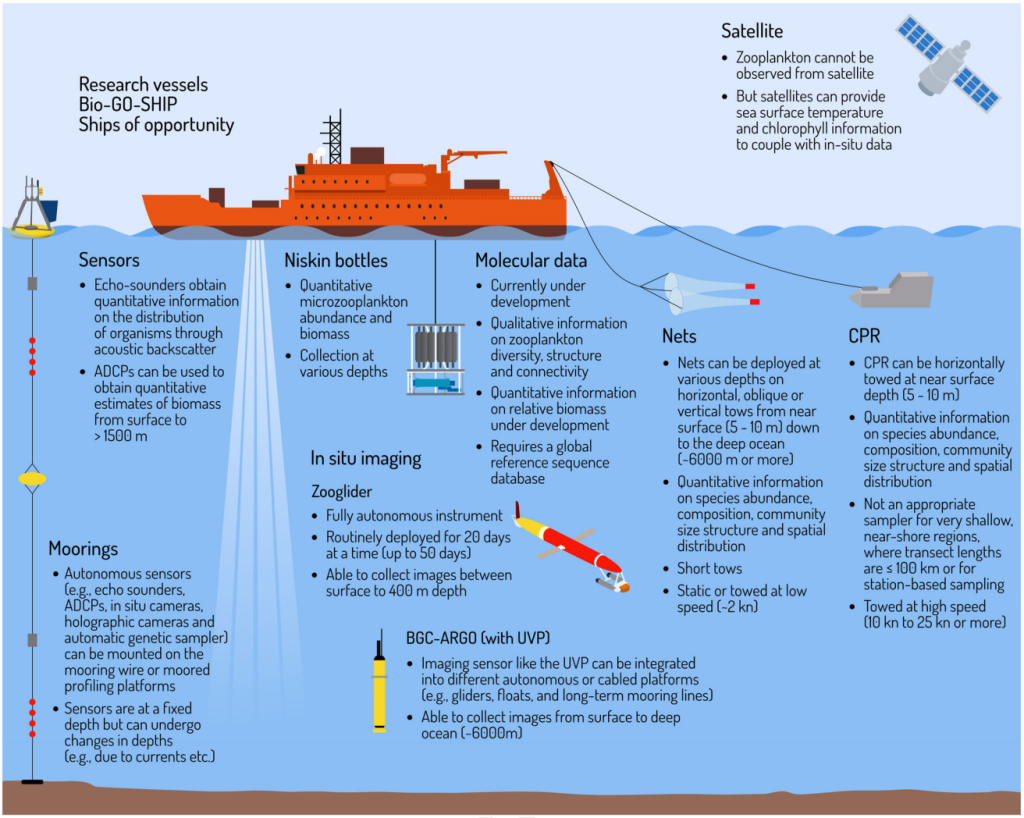

The Australian Antarctic Program Partnership is led by the University of Tasmania, with partner agencies CSIRO, Institute for Marine and Antarctic Studies, Bureau of Meteorology, Australian Antarctic Division, Geoscience Australia, Integrated Marine Observing System, and the Tasmanian Government.



